The Essential Guide to Retail Store Layouts - The Principles
8th Oct 2024
THE INSIGHT
The ever-increasing chasm between in store and online shopping behaviour of consumers prompts new stores to create an extraordinary customer experience. With the core philosophy of delivering value to shoppers, interior designers and brand managers spend countless hours in furnishing a store layout that is efficient and trendy at the same time.
Finalising a retail store layout encompasses a variety of strategies that revolve around timeframe, space management, lighting, fixtures and signage. The retail universe has transformed owing to a broader inclusion of technology and overtaxed consumer attention. Safe to say that designing the interaction of the customer with your merchandise is a science in itself!
So, if you are looking to open a retail store or revamp your existing one, this blog is perfect for you. It takes into perspective, facts revealed by data analytics as well as retail essentials to inspire you for your new store layout. From basics to professional tips and retail best practices - get started on your first steps to capture your customer's attention.
THE PRINCIPLES
1. Space Management
Whichever type of store layout you go for, breathable spaces and no narrow aisles is a must. Giving the customers space to think is essential for their decision making. Aspects like store organisation, shopper navigation, eye level, fixtures (slat panel, modular display systems, floor gondolas, garment racks, signage etc.) are part of the plan in designing the space.
Add innovative and creative elements in the store to define brand image and message. Blending style and function will tie the whole customer experience together.
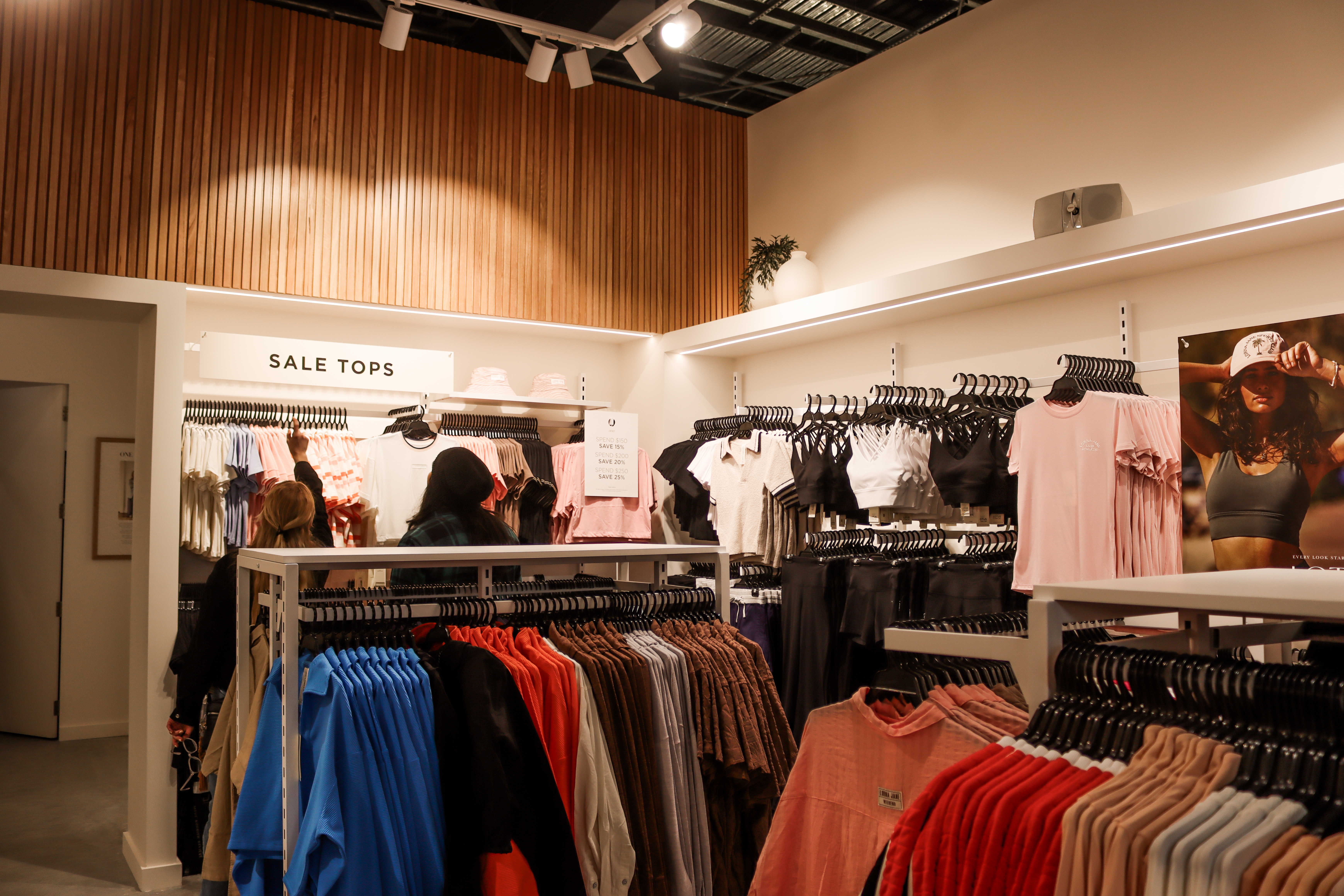
2. Visual Merchandise
Visual merchandising is powerful. The potential of the store window should never be underestimated. Capture your shoppers attention with a striking display of merchandise. It is what they see before entering and definitely, a space to explore creativity.
Nevertheless, external and internal branding should be in sync. This will not only make the customers want to return to the store but also differentiate the retail outlet from the competitors.
Nevertheless, external and internal branding should be in sync. This will not only make the customers want to return to the store but also differentiate the retail outlet from the competitors.
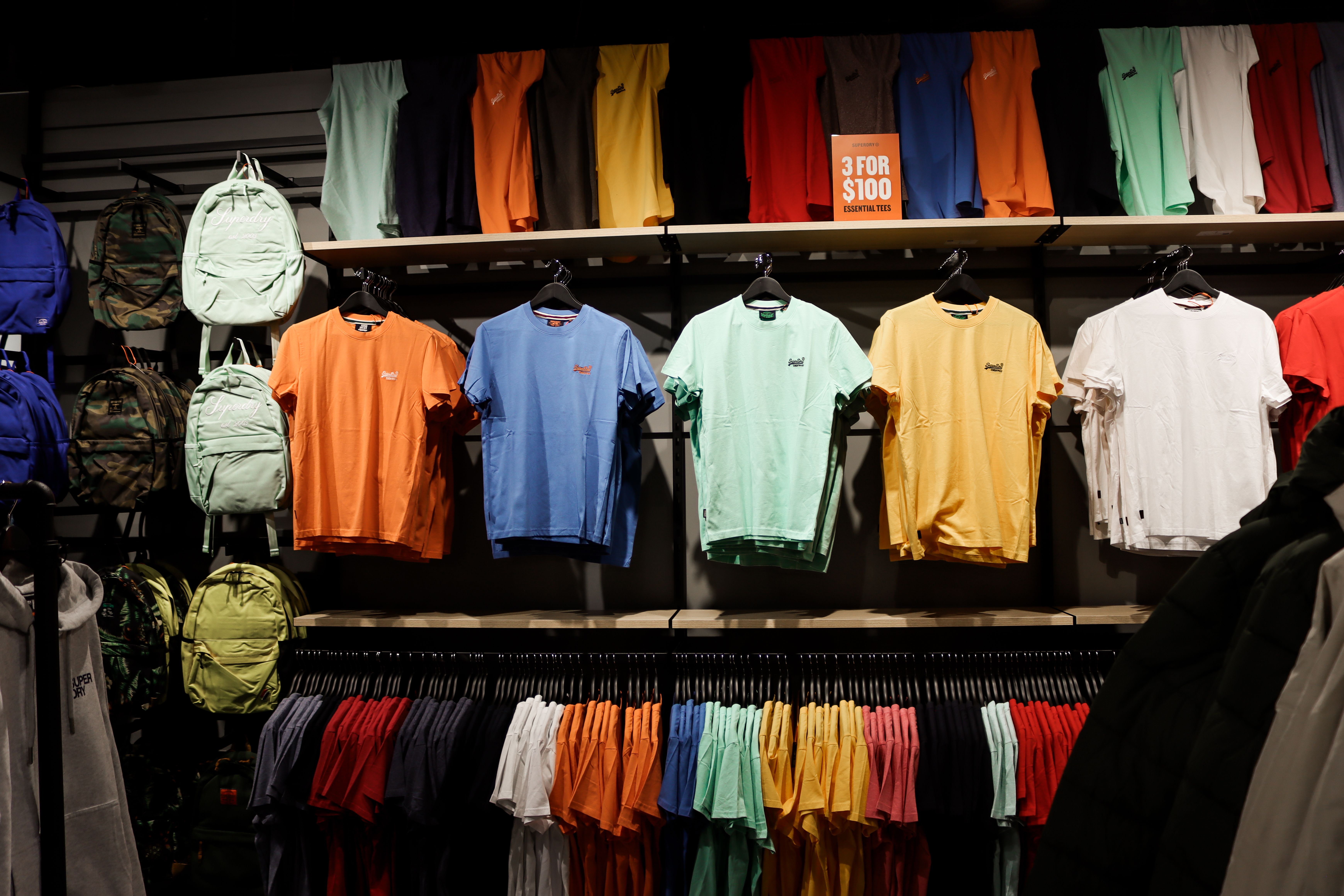
3. Lighting and Appeal
Due attention should be paid to create the right atmosphere and ambience for the shoppers. Lighting is the key for this. Not too harsh to cause eye strain, not too warm to be uncomfortable. It should highlight the products you are selling and make them look most appealing while also, making the customers look great when they look in the mirror.
If your store has trial/fitting rooms, good luminance must be ensured in and around the rooms to make the experience more appealing for the shoppers. Functional lights like signage and those directing consumers to focus areas need to be installed as well.
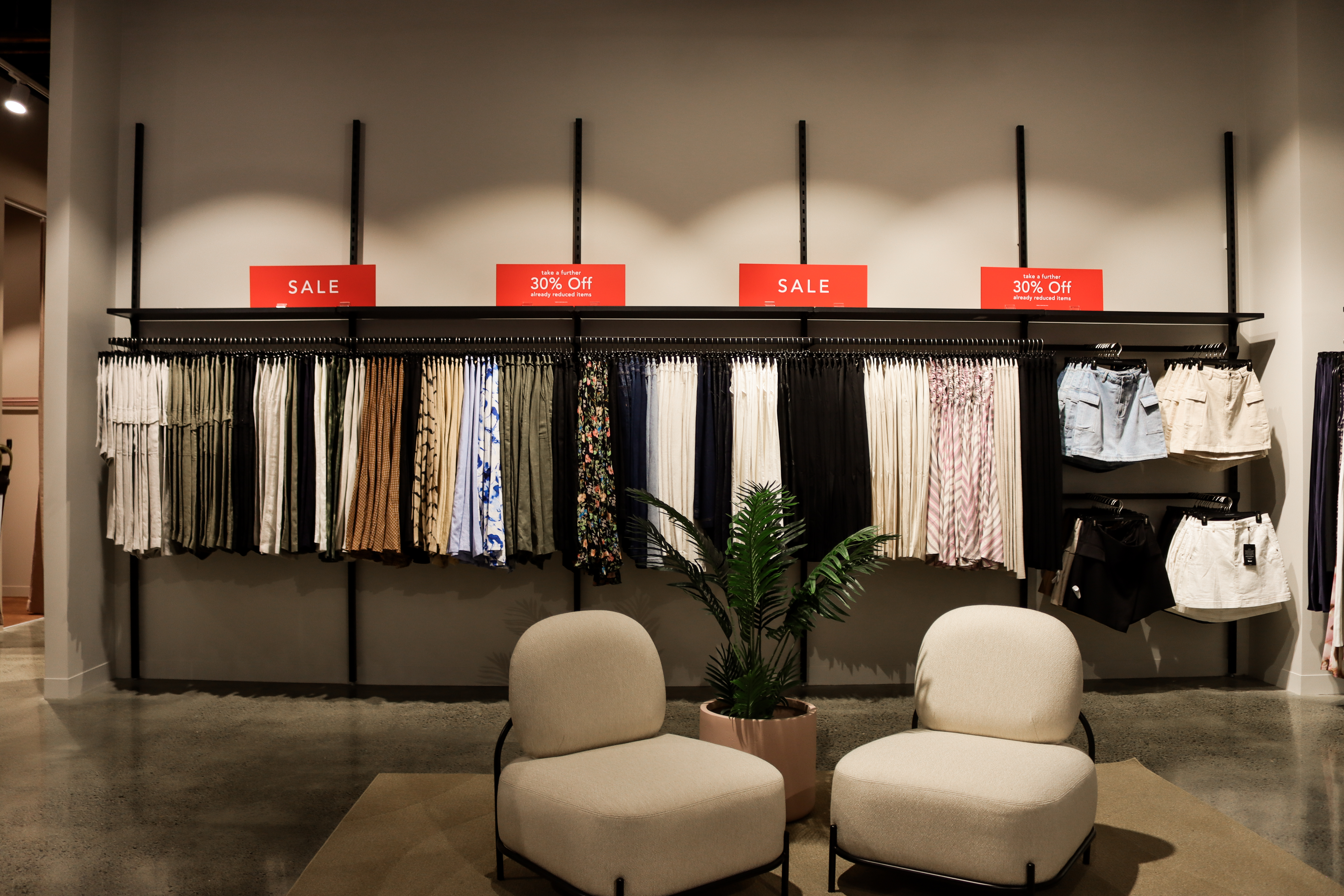
4. Directing the Customer Experience
Providing the right perspective to the customers and controlling their view is the sign of a well-executed retail store layout. Designs that rank high on preference offer a clear view of the store interior from outside.
Hiring professional consultants or designers for crafting a functional store layout is always a great investment. It helps in positively influencing customer behaviour and how they navigate your store. From turning right after entering to reaching the billing counter, a comfortable, smooth and unique customer experience defines success.
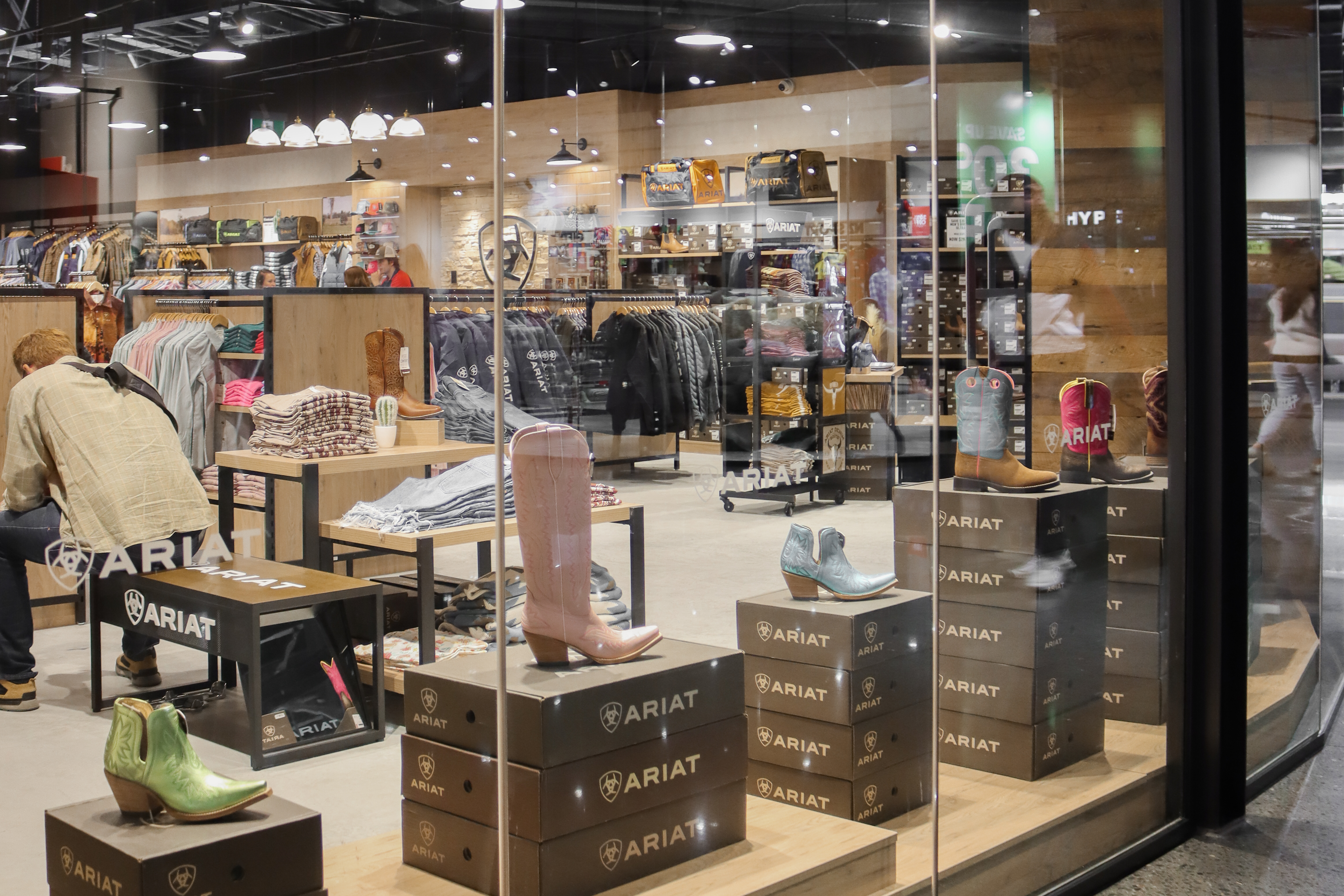
5. Customer Engagement
'Grab & Go' or 'Discovery' - Customers come with a variety of mindsets for a retail store to cater to. Engaging all types of shoppers efficiently is vital for success. There are many driving elements in a store that make the experience easy and effective. Some of these include taking advantage of subconscious human tendency to turn right, choosing a good eye level (an average man is 5'9". an average woman is 5'4"), arranging categories and signage, spreading popular products well through the space, unobstructive layout, utilising vertical shelves and creating gaze plots.
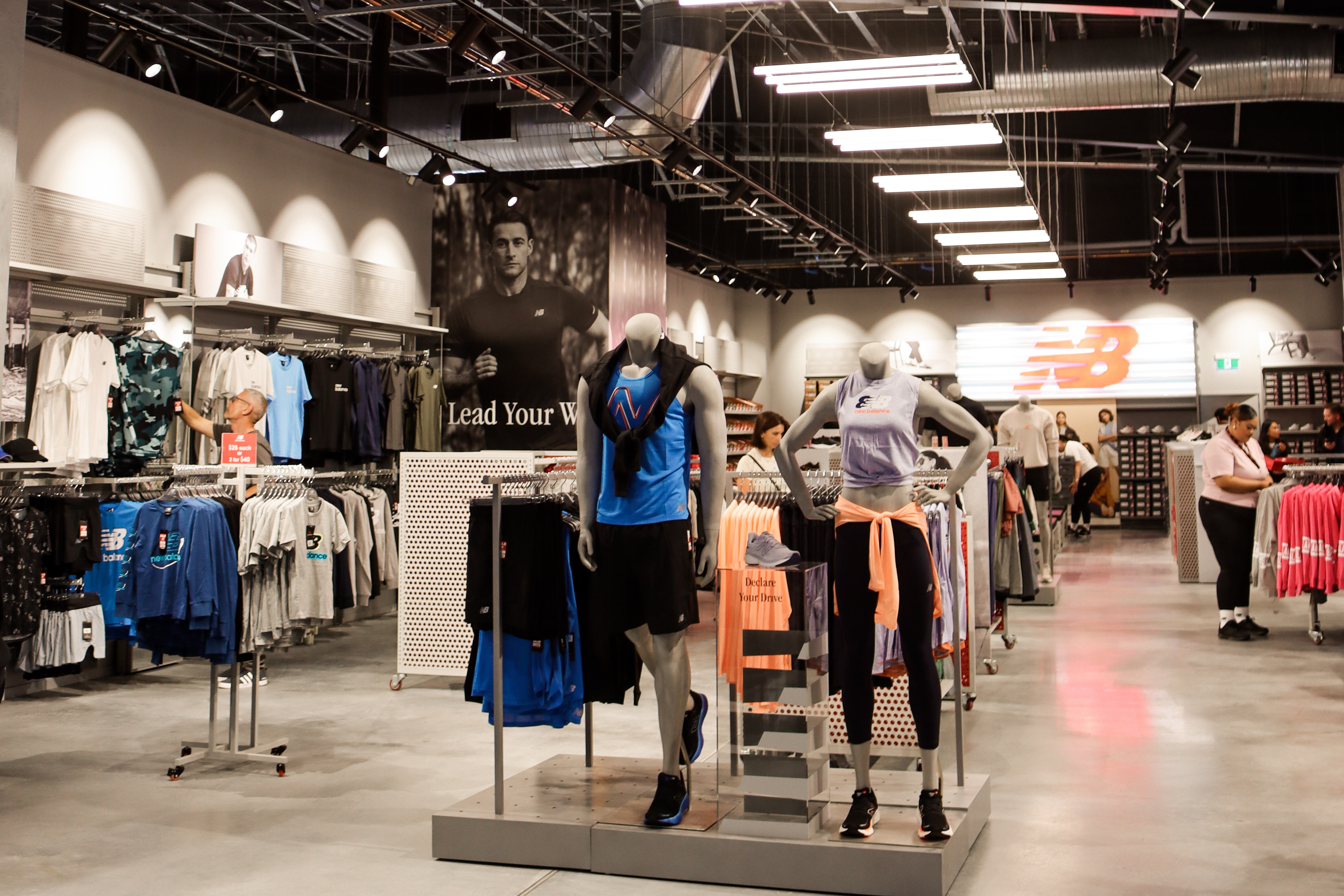
6. Time Management
Time is of the essence, always. With most retail stores being taken on lease rather than bought, it is crucial to complete designing and interior decor within a short timeframe. The sooner the store is ready, the sooner the sales can begin.
Manage time effectively by setting achievable goals through task prioritisation. The more focused and time-conscious you remain, the clearer these tasks will be become - thus being completed quicker.
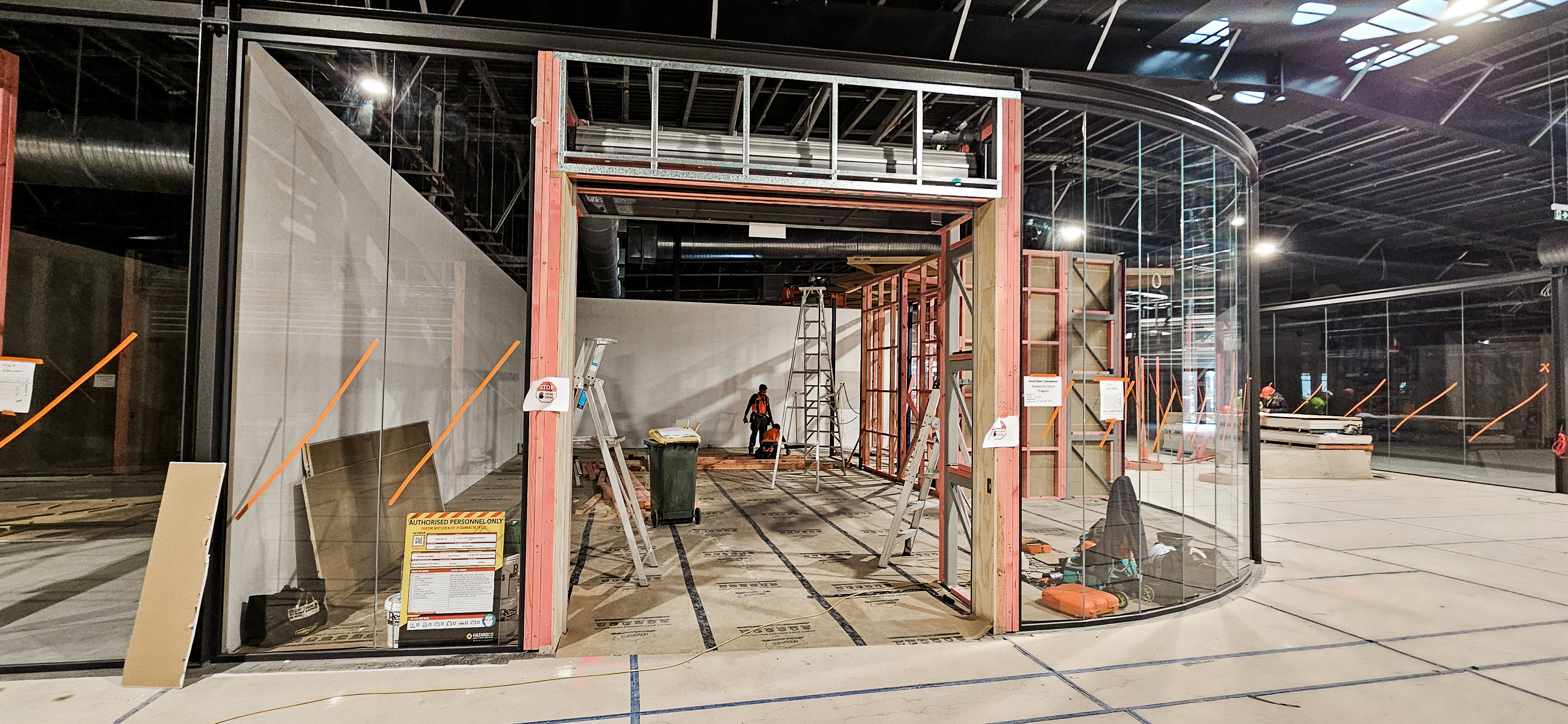
Need help with your retail store layout? Click here to get your FREE 3D Design from us!


